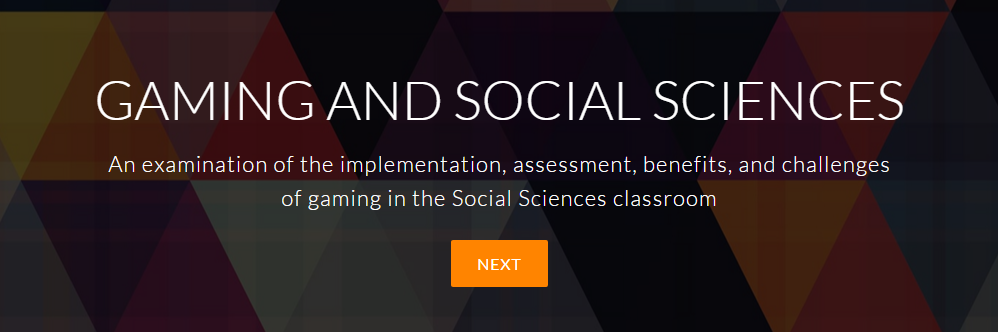ETEC 532
Technology in the Arts and Humanities Classroom

"An application of foundations; an extension in visual learning and representation."
This course was one of my favorites because of the variety of both content and assignments/ activities. It “walked the walk”. Not only was the content pushing the value of various modes of expression and assignment formats, but the pedagogy and coursework modeled this as well.
A Synthesis of Online Learning Theories
The goal with the above visual was to synthesize various models of learning into one comprehensive model. My group based our model on TPCK (Koehler & Mishra, 2013), technology as a tool for transformative learning (Wilhelm, 2014), and concepts from Palloff and Pratt (2013) such as characteristics of effective online groups and models of group development. What you see below is a non-linear form of how these theories might interact, all on the background of “technology”. We decided that the TPCK model would be central, as the facilitator of online learning needs to be grounded and purposeful in the selection of technology, pedagogy, content, and knowledge. Once these decisions have been determined, the group must have time and opportunities to cohere. From here, knowledge can grow.
Implementation Guide for Gaming in the Social Sciences Classroom
While I do not teach social sciences or in the primary or secondary sector, I thoroughly enjoyed this project! What we did here was to investigate one specific game for use at each level (primary, middle, and high school), as well as an introduction to coding in the frame of social sciences. We divided the task by grade level, with each member tackling one area. We then collaborated on the introduction, formats, etc. I examined the implementation, challenges, benefits, and assessment possibilities for using the game Civilization V in middle school classrooms. While I had read a lot about the value of gaming in the classroom, it wasn’t until I started playing this game and aligning it to the Alberta curriculum that I really began to see the outcomes that can be achieved in this way!
Visual Representation of Learning
A Reflection from the Course, on the Course (Therien, 2016)
As a final component of the course, we were to create a visual representation of our learning in the course. However, as I was over half-way through the program by this point, I was unable to create a representation of my learning from JUST this course. By this point I was completely absorbed in the connections growing and expanding across the entire program. Not only was the reflective component of this activity valuable for me, I was also motivated by the challenge of creating something tangible to represent the abstract. In creating this image, I again extended my technological repertoire; extending my current use of some technologies (Online Logo Creator, Creative Commons, Word ) as well as jumping into more new technologies (Gimp, Word Clouds). This piece took a long time, but I so enjoyed doing it! My willingness to allocate so much time to an aspect worth so few marks shows my own personal motivation to extend my learning and skills as a life-long learner.
Where to Next?
References:
Koehler, M. J., Mishra, P., & Cain, W. (2013). What is technological pedagogical content knowledge ? Journal of Education, 193(3), 13.
Palloff and Pratt (2013). Lessons from the virtual classroom: the realities of online teaching. (chapters 1 & 8). San Francisco: Jossey-Bass Publishers.
Anderson, C., Chiu, G., Ives, S., Therien, J., Sikkes, M. (2016). Gaming in the social sciences classroom. Website. University of British Columbia.
Therien, J. (2016). Representation of learning reflection. ETEC 532 Unpublished manuscript. University of British Columbia
Wilhelm, J. D. (2014). Teacher as trickster: Navigating boundaries into blended transformational spaces. Voices from the Middle, 22(2), 42.
Koehler, M. J., Mishra, P., & Cain, W. (2013). What is technological pedagogical content knowledge ? Journal of Education, 193(3), 13.
Palloff and Pratt (2013). Lessons from the virtual classroom: the realities of online teaching. (chapters 1 & 8). San Francisco: Jossey-Bass Publishers.
Anderson, C., Chiu, G., Ives, S., Therien, J., Sikkes, M. (2016). Gaming in the social sciences classroom. Website. University of British Columbia.
Therien, J. (2016). Representation of learning reflection. ETEC 532 Unpublished manuscript. University of British Columbia
Wilhelm, J. D. (2014). Teacher as trickster: Navigating boundaries into blended transformational spaces. Voices from the Middle, 22(2), 42.


